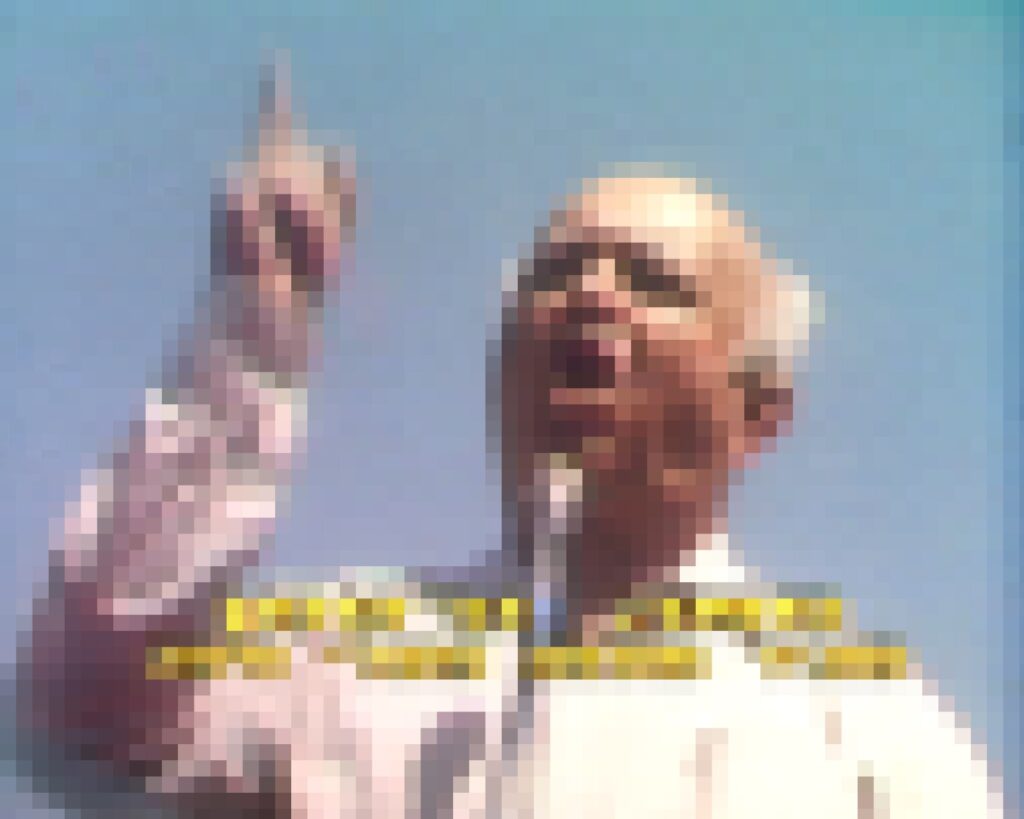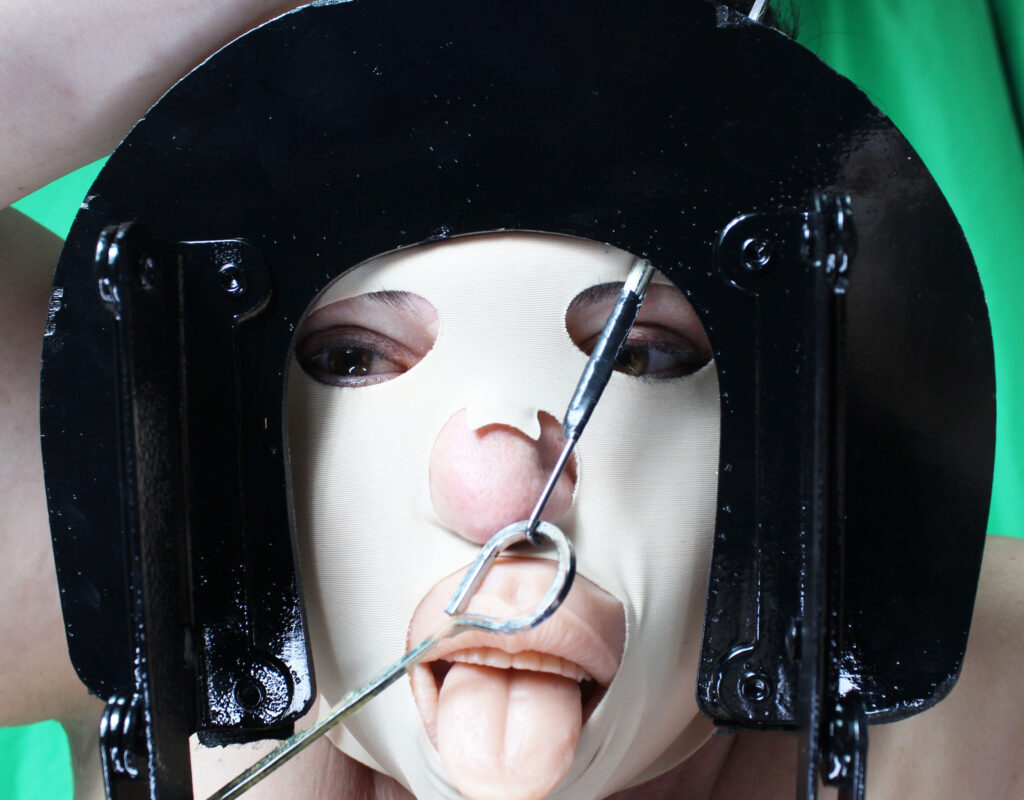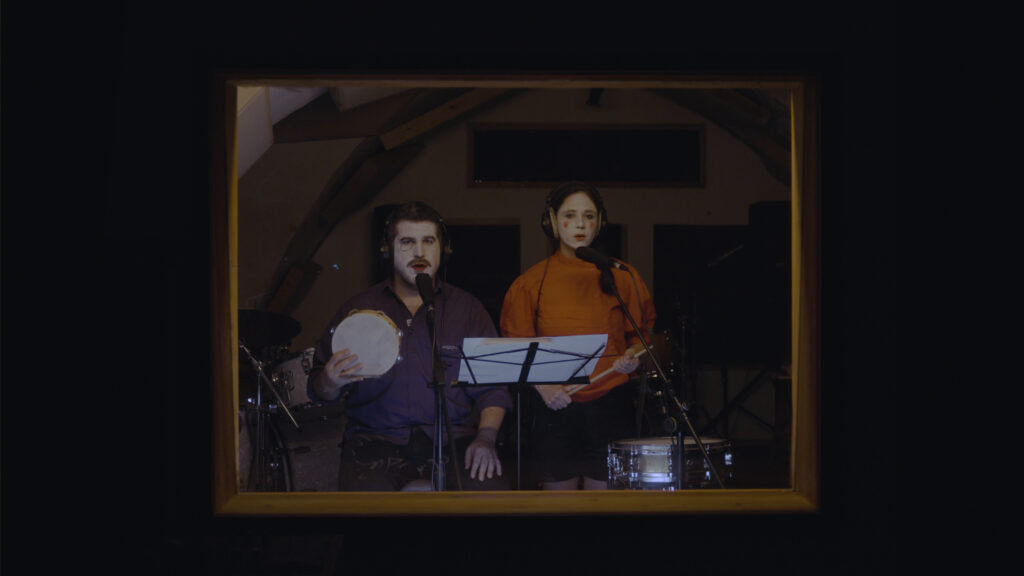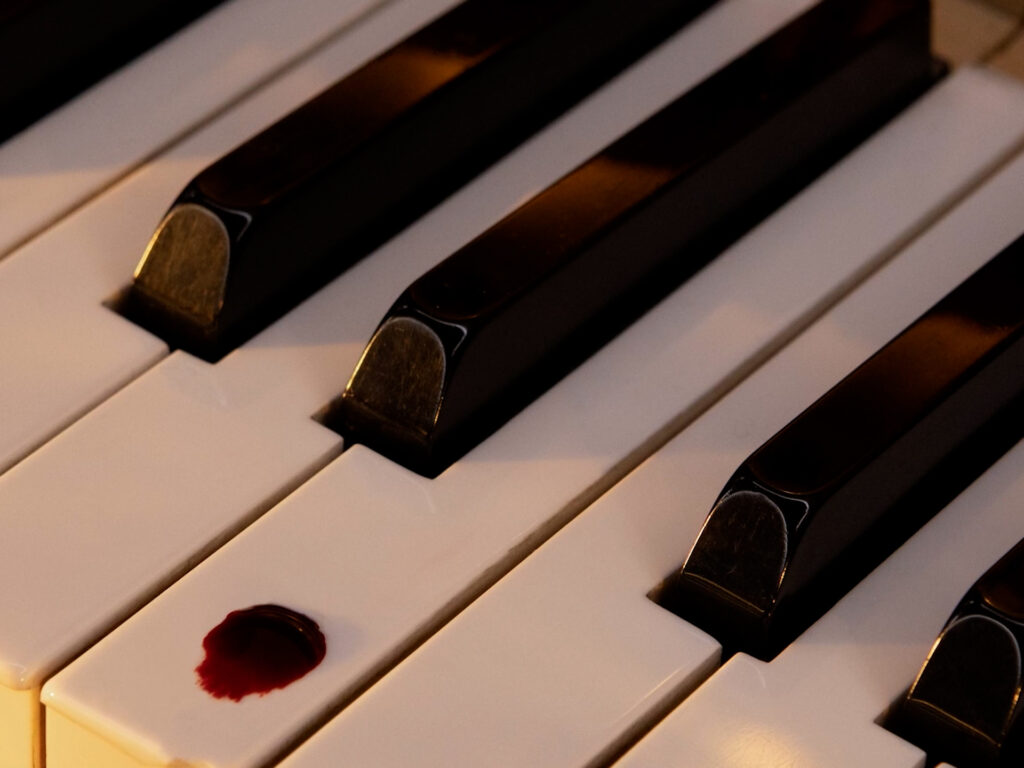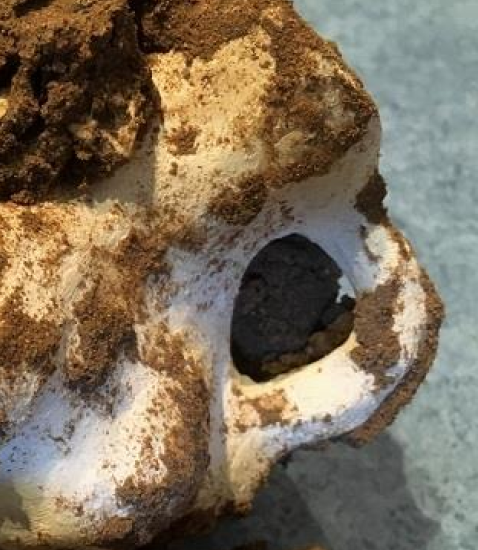The Bison’s Behind – Shir Raz
- Duration of Activity: 12/15/2023 - 3/16/2024
The point of departure for The Bison’s Behind is a series of artworks created thousands of years ago that were discovered in the Lascaux and Chauvet Caves in Dordogne, France. Virtuoso paintings of animals, movement, and life, painted with a steady hand, in a single line, and aligned with the cave walls. They have been dated to a distant era, some thirty thousand years back in time; a moment of transition from one way of existence to another, towards the end of the Stone Age, when humans were still hunters and gatherers, just before they settled in permanent settlements. Quite a while before the appearance of the first language known to us today.
The cave paintings became a scientific and tourist sensation. They hold the keys to a hidden past, their beauty captures the imagination, and the technique used to create them attests to a perception of time, space, and movement we did not know we possessed that long ago. A sense of wonder at the technology that existed and vanished, only to be reinvented tens of thousands of years later. A sense of wonder that we usually experience when we encounter a new technology that changes the world order.
The Bison’s Behind is the product of such wonder, amazement at vanished knowledge, the reemergence of which serves as a gateway to a different dimension of thinking and communicating, social organization, belief, ritual, and ceremony. However, this is not a nostalgic replication project, but rather an understanding that now, too, a new technology is being born that is an entry point to the human subconscious.
In an action based on movement from the original image created some thirty thousand years ago, to an image created by language-based artificial intelligence software, the artist, Shir Raz, seeks to create a portal through which we are invited to move back and forward in time, and also (perhaps mainly) to move inward to our subconscious and our society’s subconscious. The cave setting is substituted by a dimly lit cone in the center of the gallery, which functions a little like a space telescope that takes the gaze on a journey through time. Entering the dimly lit space invites lingering and deep contemplation on the strange, foreign creature the machine has created. A moment of quiet, drawing away from the noise outside to the mechanism of the work. To that meditative space that demands surrender. An invigorating withdrawal, and coming out of it is accompanied by new insight.
The gallery space not only resonates with the paintings in the original cave, but it also plays with the replication of the cave itself – the tourist cave, an exact replica of the original cave, which was created once it became evident that the site was being destroyed by the tens of thousands of inquisitive eyes coming to see it. Although the tourist site exposes replicas of the paintings to the world and preserves them for future generations, like all replicas, the effect is somewhat pale and artificial, and speaks the hackneyed language of simulacra.
In contrast with the pale replica, AI software creates a new, different, and strange image. The act of replication is not located in replicating the image, but rather in the ability of language and communication to create form. The software serves the artist dually: as generating a phantasmatic image, and not only is its creation incomprehensible to us, but it does not hail from any source, as a signifier (representation) its signified has vanished. However, the software does not only generate the image, it also generates the possibility of the work itself, its naming, an imaged future, and the presencing of vanishing layers of human knowledge.
But is it the machine’s intelligence that creates new worlds, or another phase of human knowledge, which, like the cave dwellers, is likely to vanish, change form, and reemerge in an even more distant future? For the time being, especially nowadays, we wish to pause the apocalyptic thought of the machine taking over, and focus on the invitation to dive meditatively, with a smile, into the story behind the bison’s behind.
Curator:
Avital Barak
Artist:
Shir Raz
We invite you to visit the exhibition:
Tuesday 16:00-20:00
Wednesday and Thursday 14:00-18:00
Saturday 11:00-15:00

